InTrans / Jul 13, 2016
ABC: Fiber diet for bridges
Go! Magazine

posted on July 13, 2016
Many nutritionists tell us that fiber is essential to our health, and that we should take it in various forms every day. But could fiber also keep bridges healthy? The answer is yes. But, as I’m sure you’re wondering, how can fiber help a bridge? It doesn’t have a digestive system!
Well, we are talking about a different kind of fiber. And it doesn’t have to be digested. For bridges, they take something known as “carbon fiber.”
Carbon fibers have been commonly used in various industries, like the aerospace industry, for a long time, because it can be even stronger than steel. But it is not just the strength. These fibers are also very light, which is a big plus when making airplanes, cars, bikes, ski poles, snowboards, etc. You might know them by another name: composites. Their light weight is also a plus for bridges, although the main reason for using them in bridges is that they do not corrode or wear away. And some forms of fiber are really easy to work with. To tap into all the advantages, these fibers need to be glued together to create polymers (i.e., carbon fiber reinforced polymers or CFRP). Once that happens, you then have soft sheets or cables.
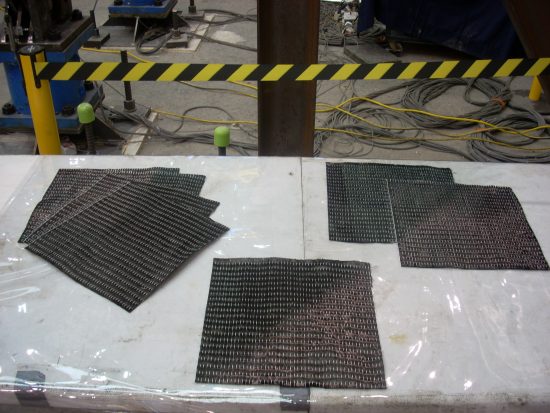
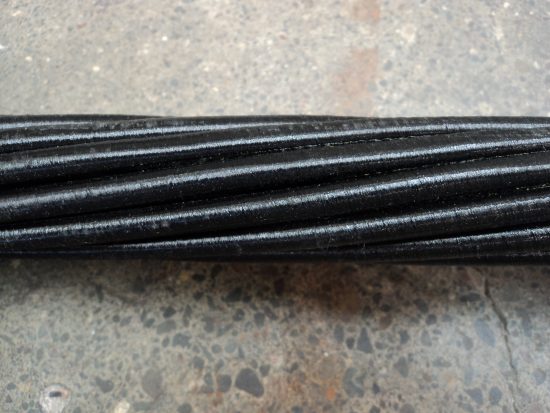
Now, we are going to focus on the use of CFRP cables in prefabricated (pre-made) bridges for accelerated bridge construction (ABC) and explain why these cables make bridges safe.
Bridges swing back and forth during earthquakes. When a bridge is near an earthquake fault line, it often moves in one direction during the earthquake but does not come back.
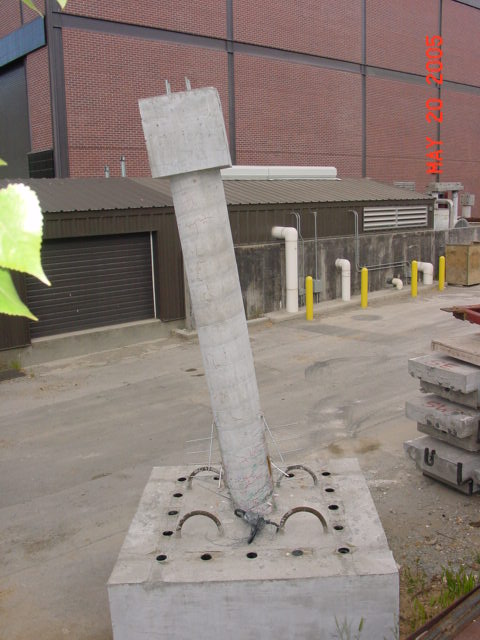
Even though the column and bridge have not fallen apart, the bridge is no longer safe and most likely has to be torn down and replaced. One way to bring the column back to its original position is by placing some CFRP cables in the center of the column, letting them run along its length, and then anchor them at the column ends. Some toys even use this strategy.
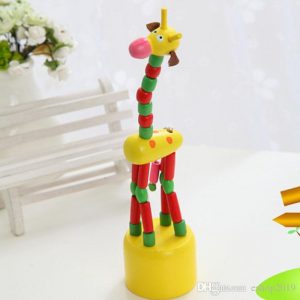
Photo from Hgate.com
If you swing the giraffes’ head or leg to one side and then let go, the rubber band holding the pieces together will bring each piece back to its original position.
Instead of a rubber band, steel cables are sometimes used in bridges. However, by using steel, there is a big potential problem. Water can get into the holes and corrode the steel! So after a few years, we could end up with a bridge column (or leg) that has nothing to make it bounce back. Plus, the steel might be completely corroded away, and we wouldn’t even know it!
So, what’s the solution? CFRP cables. They are as strong as steel but do not rust. You might ask: how do we know they work?
In a current research project at the University of Nevada, Reno (UNR), Accelerated Bridge Construction-University Transportation Center (ABC-UTC) researchers investigated how well these CFRP cables work. To do this, the researchers put the cables inside a bridge column model and simulated a very strong earthquake on the UNR “shake tables.”
First, they built a large precast concrete column.
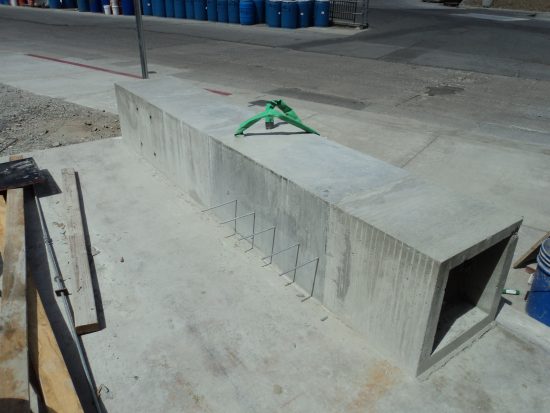
But, they left holes in the column so they could pass CFRP cables through them.

They then passed two CFRP tendons through the holes and anchored them at the ends.
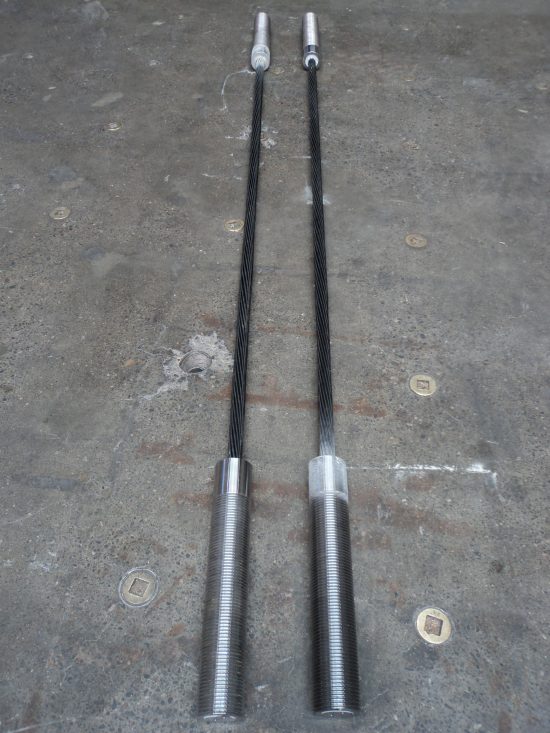
The steel anchors at the end of the tendons are protected by a cement grout, so they would not corrode. Once the column and footing were completed (See ABC: Bridge in a “pocket” to learn how), the column was put on top of the shake table and was subjected to violent earthquakes.
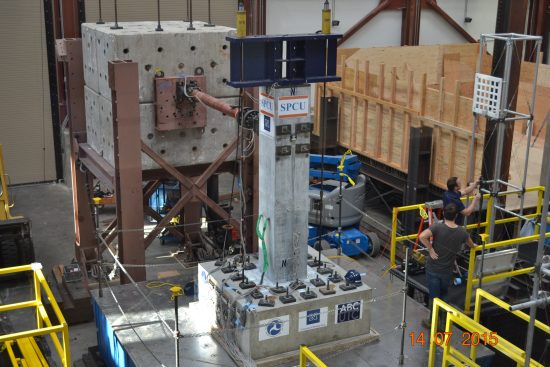
The total height of model was over 11 ft. The tests were very successful. The permanent tilt of the column was less than 0.5 in. because the CFRP cables brought the column back to an upright position, even after the column had failed. After the tests, the cables were taken out to check for any damage. They were intact. As a result of the study, a reliable solution to making bridges healthier has been found: fiber!
Related links
Check out the ABC-UTC homepage: http://www.abc-utc.fiu.edu/
See the Federal Highway Administration initiative to promote ABC (scroll to bottom of page for videos, photos, and more): http://www.fhwa.dot.gov/everydaycounts/edctwo/2012/abc.cfm
By M. Saiid Saiidi, University of Nevada, Reno